The preserved houses of Pompeii and Herculaneum offer a captivating glimpse into the lives of ancient Romans, vividly illustrating their societal norms and cultural practices. Andrew Wallace-Hadrill delves into this rich subject matter in his illustrated book, exploring how these houses provide valuable insights into Roman social life.
Wealthy Romans spared no expense in crafting their living spaces to impress visitors, setting trends that were emulated by the wider populace. Through a combination of archaeological findings, Roman texts, and comparative studies, Wallace-Hadrill challenges contemporary misconceptions and sheds light on the interconnectedness of various aspects of Roman society.
By examining the layout, decoration, and use of space within these houses, Wallace-Hadrill poses thought-provoking questions about social interactions between hosts and guests, genders, and social classes. He explores the formation of household units, the relationship between work and leisure, and the diffusion of luxury among different strata of society.
Drawing from the remains of over two hundred houses, Wallace-Hadrill unveils the dynamic social fabric of early imperial Italy and the pivotal role that houses played in shaping Roman identity and lifestyle. Through his meticulous analysis, readers gain a deeper understanding of what it meant “to live as a Roman” in antiquity.

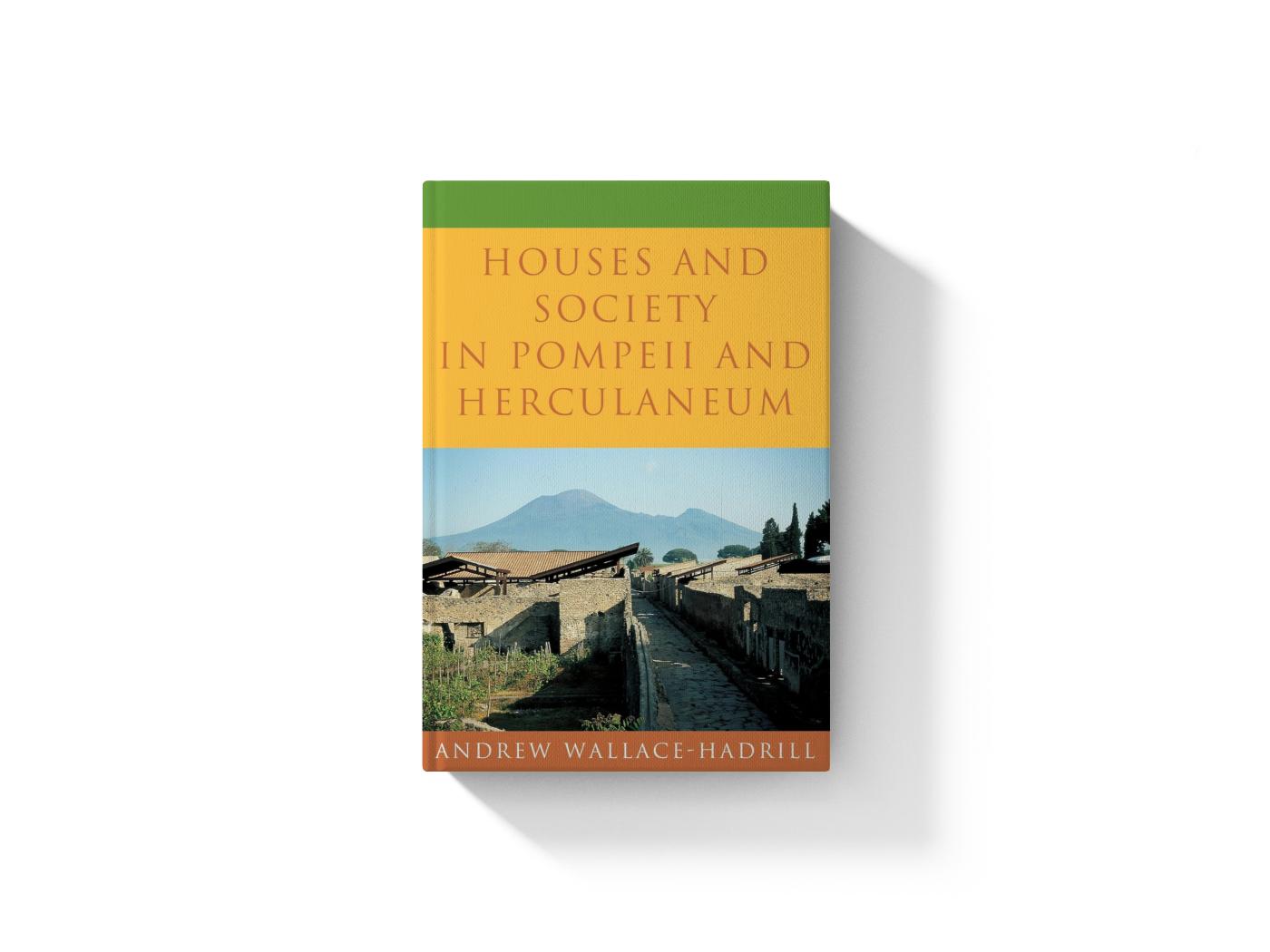
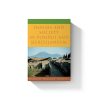

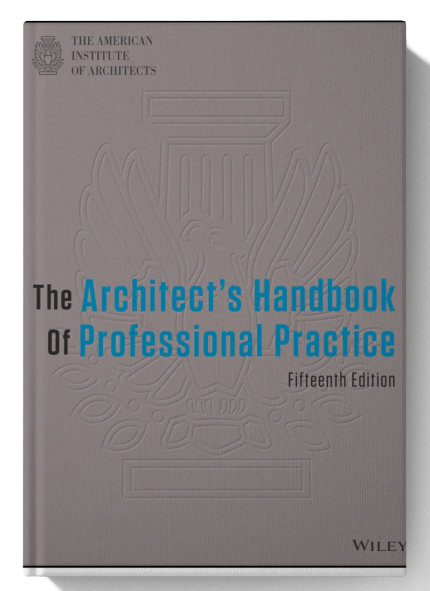
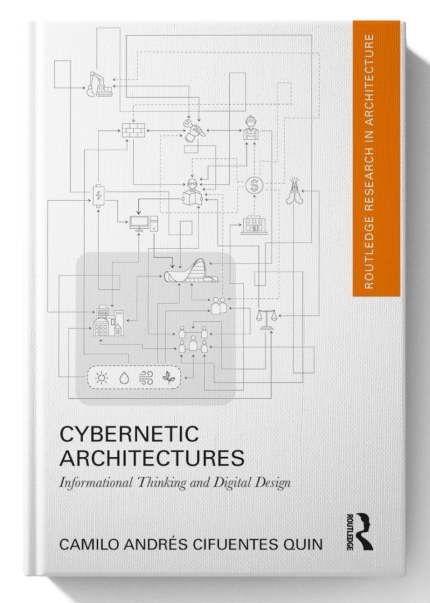
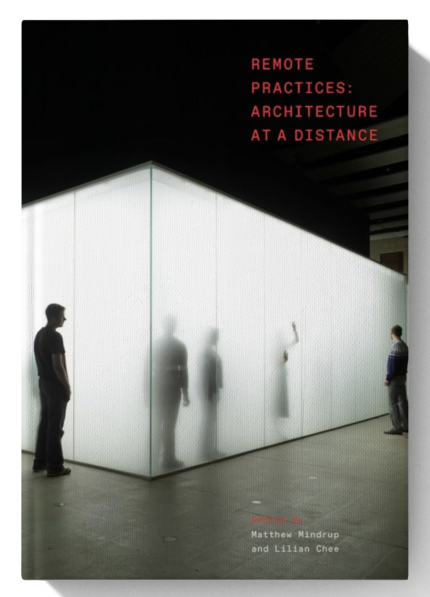
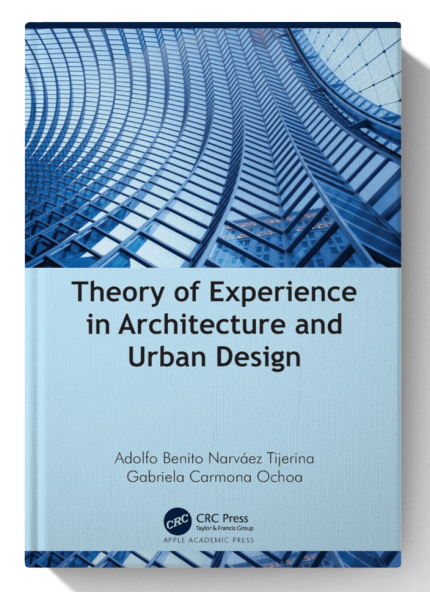

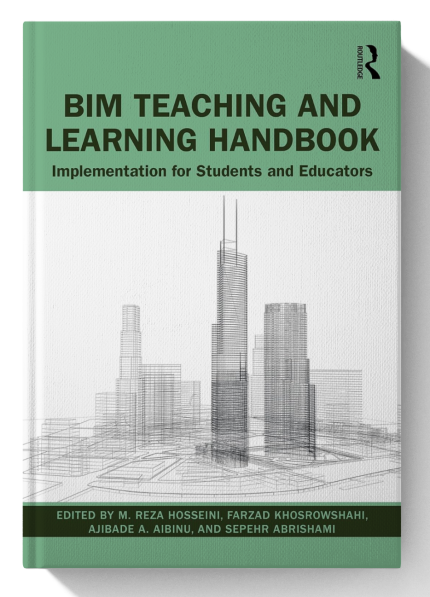
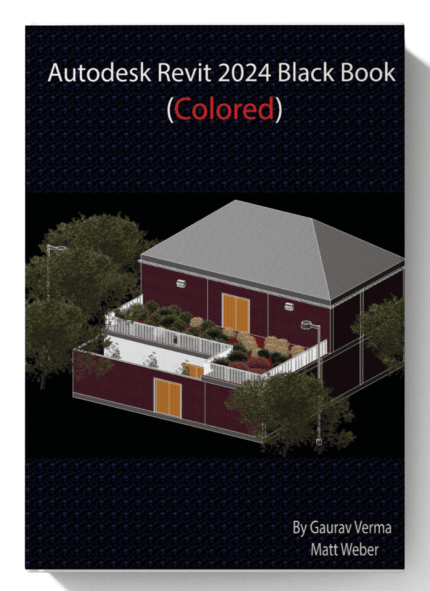

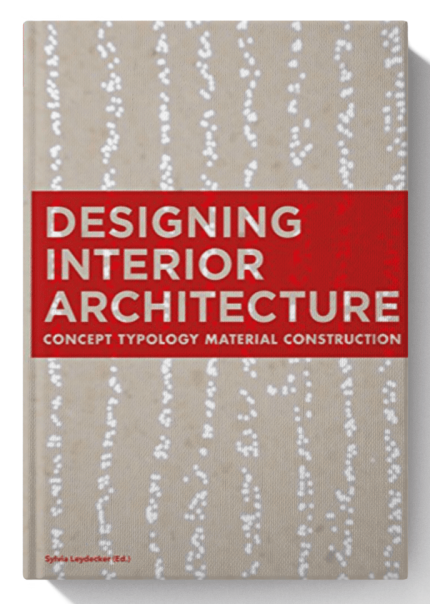


Reviews
There are no reviews yet.